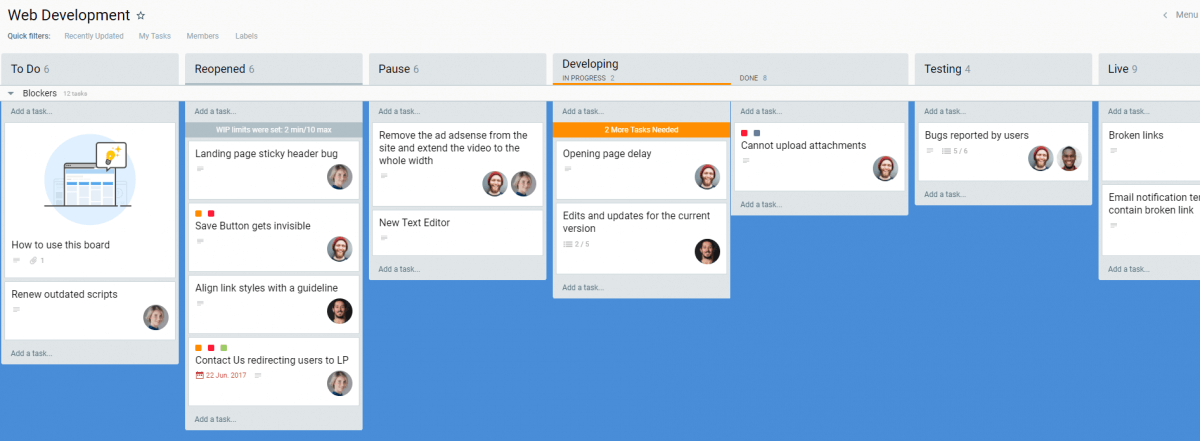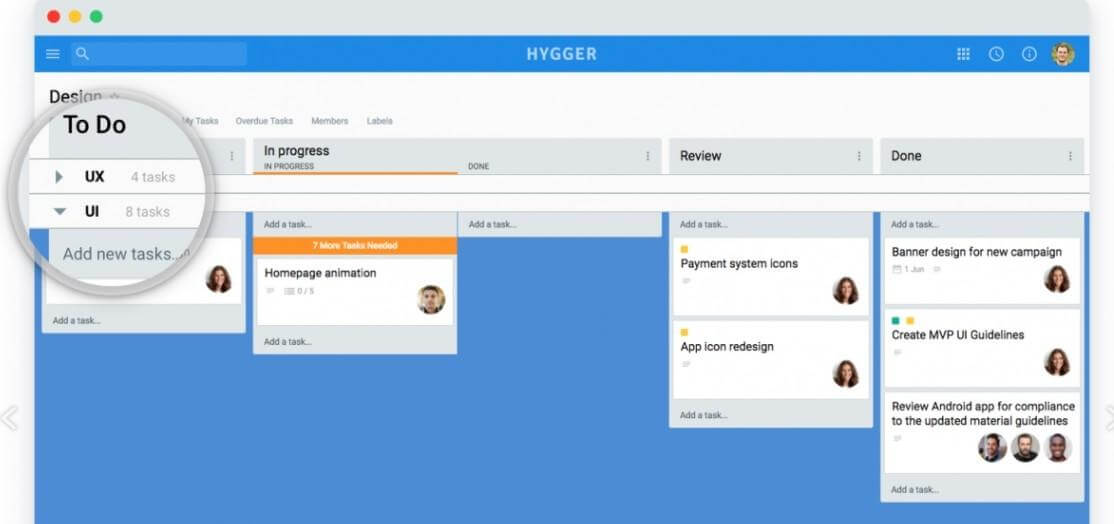The Power of Long-Term Agile Planning: Key Steps to Make it Successful

Building great software depends on different factors, including long-term Agile planning. Any long-term project means the collaboration when multiple teams need to coordinate with one another.
Unfortunately, something always breaks, Improvements can be made unexpectedly, and market trends may be changed in a week. Having a clear plan is a way to avoid risks of potential blockers.
Using Agile methodologies, you benefit your projects. Agile allows multiple teams to respond to changes quickly and effectively.
How can Agile exist with long-term planning? And is it possible to give realistic forecasts over a long period of time, knowing that some constants change?
You may actively use Kanban, Scrum, or their combination, however, you will anyway need to forecast over a long period of time, plan resources, make date commitments and tie your work back to your strategic vision.
The key to long-term Agile planning is keeping your project details and task estimates in sync with your project roadmap.
Before defining dynamic forecasting solutions, let’s highlight what are the steps to build a long-term Agile plan.

Main stages for building a long-term Agile plan
1. Big picture concept
The starting point is to define the vision and outline the strategic themes.
Think about what do you want to focus on over the next quarter or half a year. Where do you want to spend resources? What about time?
Setting your priorities will help you focus your time and energy to do a few things really well.
2. Breaking down
Breaking down all your work into more consumable pieces – epics – will give you a detailed view of all the steps required to achieve your initiatives.
It will definitely help you with the next, the most important step in the planning process – estimating.
3. Estimating
You will need to estimate the time after the ork is broken down into chunks to create a roadmap. A roadmap is a plan of action for how your product evolves over time. This will help you to understand when big things will happen and in what order.
Here you can get a good idea of what it takes to complete each epic by looking at similar efforts in the past.
As the estimating process requires data about the past efforts for similar epics, it’s better to store all the information in one place.
4. Smart releases
Agile development allows delivering a working piece of software at the end of each sprint as a release or version. However, it’s worth to define some rough release points on your roadmap when you are planning and roadmapping. It will help you to estimate release dates over the next quarter.
Put the items with features that are similar in the backlog and provide value as a whole to customers.
5. Generating the roadmap
When you have the estimated backlog and releases, you’ll face that a plan has 3 variables: Scope, time and resources.
So now, you have everything you need to create a realistic roadmap.
6. Sharing the roadmap
Now you can take your new beautiful roadmap, back to your team and validate it together.
All team members may break down epics into the stories and give estimations for how long the work will take. The key stakeholders may also be involved in running the roadmap, especially if their approval is needed to move forward on certain steps.
7. Constant improvements
According to Agile, continuing to deliver value through incremental improvements is what drives innovations. The current roadmap will be helpful to inform and optimize your future roadmaps. Get customers feedback, keep testing and improving on a frequent and regular basis.
8. Agile metrics
Metrics help to measure results and effectiveness. There are some valuable metrics for measuring team performance
- Burn rate is the rate at which a project’s budget is being spent.
- Delivered functionality that should be delivered at the conclusion of every sprint or iteration. Three ways to measure this are the following:
- Velocity – the number of features that are worked on during a sprint (iteration).
- Defects – about how effective the development was based on the number of defects or bugs.
- Burndown chart – the amount of work that needs to be completed before the end of the project.
9. Agile planning: teamwork and collaboration
In Agile projects, the entire team is involved, especially at the iteration level.
It’s a crucial thing to work together to select features from the backlog, estimate time, schedule work, and drive the project towards the strategic vision.
The role of a project manager is the main, however, it is really the team that owns the plan and is responsible for meeting plan requirements and all deadlines.
Agile is always about individuals but do not forget that it is also about teamwork and team collaboration.
To visualize your plans you may use different Agile project plan templates and frameworks to quickly get started, then customize them to fit your company’s needs.
Using cards and boards will help you to focus attention on the main things, give perspective with flexible views, and prioritize and adjust work more visually.
Display required information on cards including custom fields, add images and color-coding to focus your team members’ attention easily.
The outlined Agile planning process and its stages are just the part of the Agile PM processes and methodologies.
The critical success factors here are dedicated teams (with customer representatives), fixed iterations, and acceptance of estimates for the project timeline and cost. One of the success factors is that project team members accept that the Agile team will improve its estimates throughout the duration of the project.
Start with the pre-planning stages and a big picture, always keep improving and you will definitely have great results and successful Agile projects!







